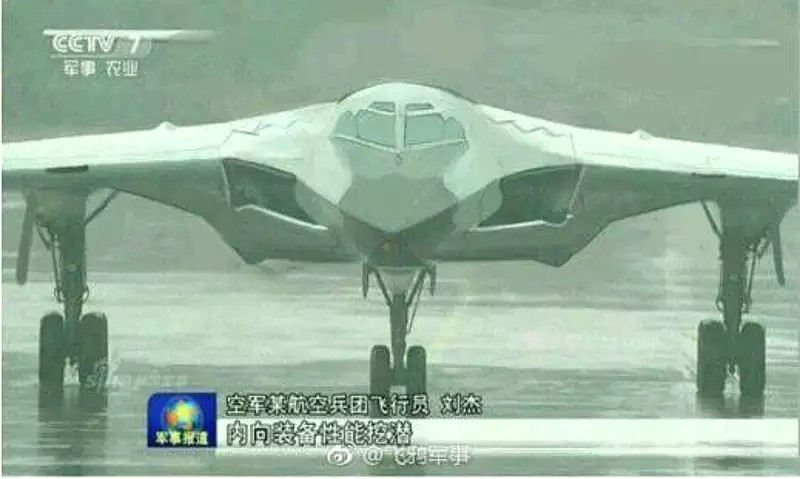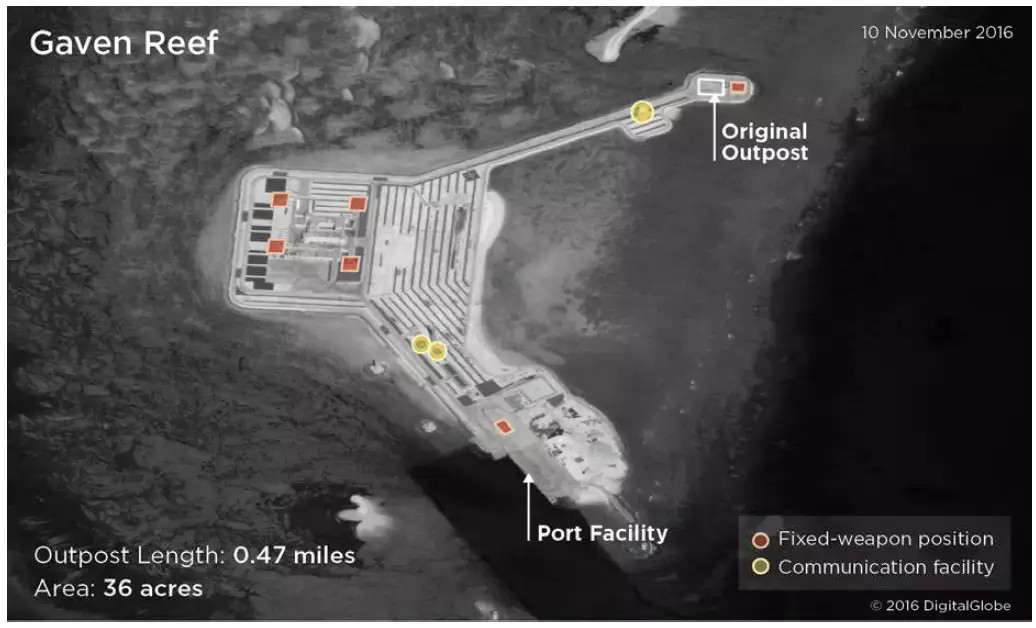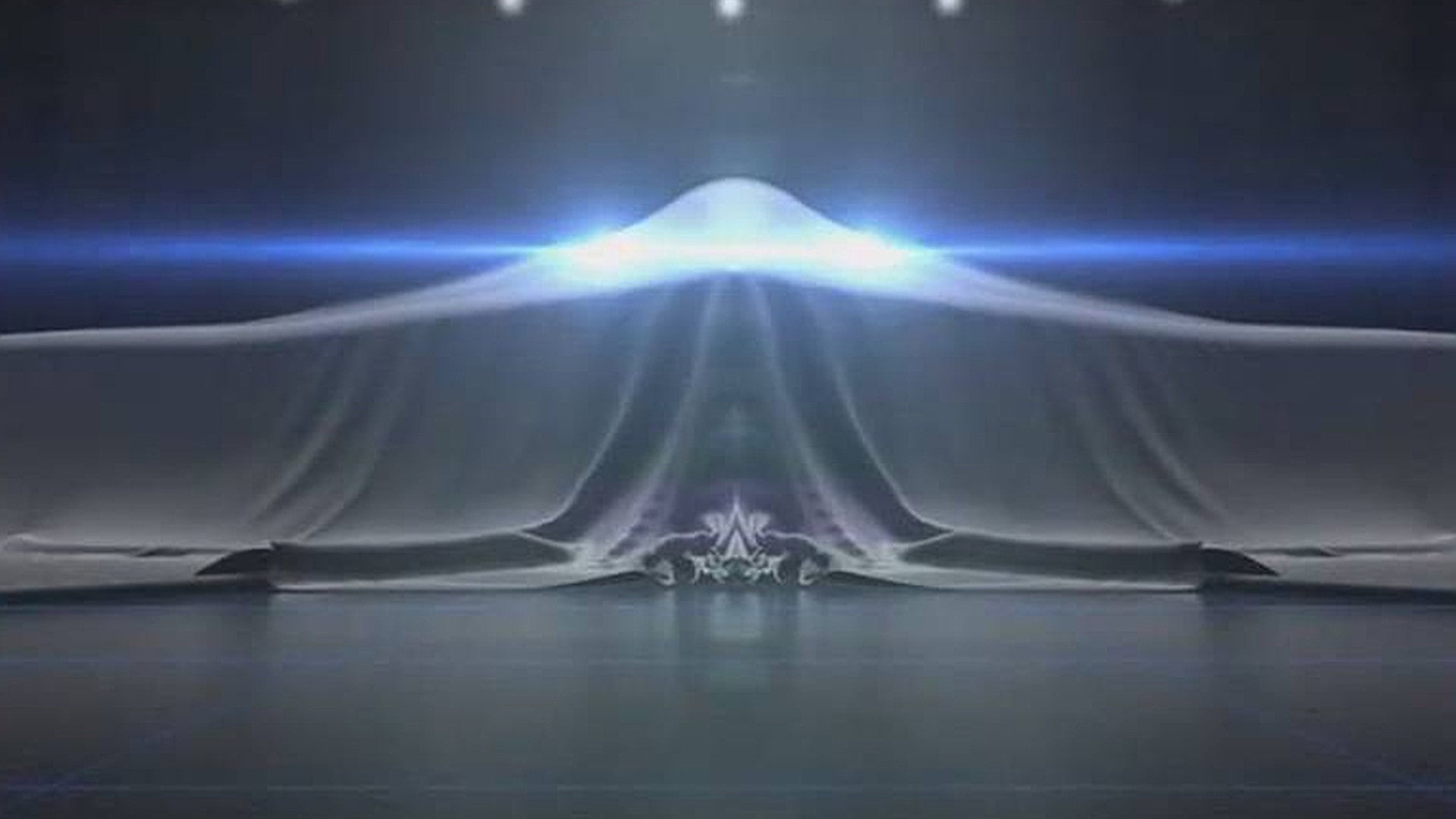After years of reports and rumors, Chinese state media has officially declared that the country’s new stealth bomber, the Hong-20 or H-20, has made “great progress” and now another report has suggested this might imply that the aircraft will soon be ready for its first flight. The public reveal of the plane, whether it’s official or unofficial, would be the latest in a string of advanced aviation and other significant
military developments to emerge from China in 2018 and comes as the country is taking an increasingly assertive stance against its rivals, chiefly the United States.
State-run China Central Television described the “Hong-20” as a “new long-distance strategic bomber” and used the H-20 name in a broadcast in August 2018, the first time an official outlet has used the official moniker, according to the Global Times newspaper. The Chinese government had disclosed it was working on this type of aircraft in 2015, but did not give it an official designation at that time. The H-20 designation subsequently emerged in the press. The Xi’an Aircraft Industrial Corporation (XAC), part of the larger state-operated Aviation Industry Corporation of China (AVIC), has reportedly been working on the stealthy design, often described as a rough analog to the U.S. Air Force’s B-2, since the early 2000s.
“Usually the development of equipment and weaponry of the People’s Liberation Army is highly confidential,” military expert and Chinese television personality Song Zhongping, told Global Times, for a story that outlet published on Oct. 9, 2018. “The trial flight will come soon.”
Global Times is an offshoot of the People’s Daily, the official newspaper of the Chinese Communist Party. It has both Chinese- and English-language editions and is available in the United States in print.

It is worth noting that Song does not officially speak for the Chinese government and his views are his own. Global Times also has a history of sensational reports, including a warning about the potential of an all-out war between the United States and China over the contested South China Sea in 2017.
However, Song has strong credentials as a graduate of the People’s Liberation Army’s Second Artillery Engineering University, serving as a lecturer there from 1995 to 2003, and then going on to be the editor of the “Military Digest” for the Second Academy of China Aerospace from 2011 to 2016. Now known simply as the Rocket Force, China long referred to its nuclear ballistic missile units as the Second Artillery Corps.
In May 2018, AVIC also cryptically teased the possibility of an H-20 reveal in a flashy, CGI-heavy video to mark the 60th anniversary of the founding of XAC in 1958. What appeared to be a clip at the end showed flying wing-shaped aircraft under a sheet, which was clearly meant to invoke the imagery Northrop Grumman used to tease the U.S. Air Force’s future B-21 stealth bomber during an advertisement it aired during Superbowl XLIX in 2015.

There is little hard data about the H-20, but the information that is available says that it will reportedly be a stealthy flying wing that can carry at least 10 tons of weaponry out to an unrefueled range of approximately 5,000 miles. This would be a significant improvement in basic capability over the People’s Liberation Army Air Force’s (PLAAF) existing H-6 series of bombers, which are derived from the Soviet-era Tu-16 Badger. By going straight from that aircraft to the new stealth bomber, China will skip multiple generations of bomber concepts that have come in the interim.
Carrying a full-load of CJ-10K air-launched cruise missiles, which can carry a conventional or nuclear warhead, the aircraft could give China an entirely new long-range strategic capability to deter potential opponents. A new version of the CJ-10 with a reduced radar signature may also be in the works. With the H-20, the country would have its own so-called “nuclear triad,” consisting of ground-based intercontinental ballistic missiles, submarine-launched ballistic missiles, and the long-range nuclear-capable bombers.
“A medium-range bomber can’t essentially fix the PLA air force’s shortcomings in terms of strategic strike and strategic deterrence,” China Daily, another official newspaper of the Chinese Communist Party, had reported in 2015, citing Chinese defense technology magazine Aerospace Knowledge. “Thus the air force does need an intercontinental strategic bomber capable of penetrating an enemy’s air defenses.”
With a range of 5,000 miles, the bombers could also be critical tools for defending China’s territorial claims in the Pacific Region, especially in the South China Sea, in the opening phases of a crisis. The Chinese government has already been taking a more hard-line stance to assert its control over the South China Sea, with one of its warships sailing dangerously close to an American Arleigh Burke-class destroyer near Gaven Reefs in September 2018.

The H-20 would be a more general threat to the United States in the Pacific region, too, as it would give the PLAAF another means of challenging American naval surface task forces, such as carrier battle groups, and key air and naval bases on land, including Guam. The U.S. military is already increasingly preparing for a situation in which its established facilities might end up destroyed or otherwise unavailable and recently had B-2 bombers practice operating from remote Wake Island for the first time ever.
If nothing else, if the H-20 finally does emerge and appears to be quite advanced, it could send shockwaves throughout the U.S. military and the American defense industry, which would move to develop new systems and tactics, techniques, and procedures to counter the aircraft. Depending on its exact features, it may also once again raise concerns about the extent of Chinese efforts to steal critical technical information about some of the United States’ most advanced weapons.
The stealthy H-20 could be useful for possible operations against regional opponents, such as India. The aircraft could penetrate through hostile air defenses to neutralize high priority targets, such as airfields and command and control facilities during a large-scale conventional conflict. They could also simply neutralize air defense nodes in order to clear a path for follow-on strikes by less well-protected aircraft, including China’s H-6s.
The PLAAF is likely to continue operating both bombers for the foreseeable future, much in the same way the United States expects to retain the versatile B-52 even as it begins flying the new B-21 Raider stealth bomber in the future. The older H-6s will still be able to perform important roles in lower risk environments and be able to serve as launch platforms for new, longer-range weapons that will help keep them further away from enemy threats, including air-launched ballistic missiles.

Gaven Reefs is home to one of numerous Chinese man-made military outposts in the region, as well. China has steadily increased the defenses at these facilities, to include long-range surface-to-air missiles and shore-based anti-ship missiles, which would present further obstacles for its opponents during any future conflict. In May 2018, the PLAAF also deployed H-6 bombers to an airfield on Woody Island for the first time ever, showing its ability to operate large aircraft from that site and further demonstrating the ability of these bases to provide significant air support for Chinese forces in the area.
“Despite such reckless harassment, the United States Navy will continue to fly, sail and operate wherever international law allows and our national interests demand,” U.S. Vice President Mike Pence said in a speech following the Gaven Reefs incident on Oct. 4, 2018. “We will not be intimidated. We will not stand down.”
Revealing the H-20 now, or otherwise allowing images or video of it to emerge, would be well in line with other government developments that are clearly, at least in part, intended to dissuade countries such as the United States from interfering in areas such as the South China Sea. Most notably, in January 2018, images appeared online showing what China later confirmed was an experimental naval railgun, another potentially game-changing development.
Those images were not official, but the Chinese government clearly deliberately allowed the ship to be in a place where it knew bystanders would see it and then likely share the images on social media, if they were not more directly responsible for the “leaks” themselves. There have since been more official and quasi-official revelations about Chinese work on advanced manned and unmanned aircraft, hypersonic weapons, and anti-satellite systems, among others.
The U.S. and Chinese governments are already in the midst of a spike in tensions over a host of issues, as well. Beyond the South China Sea, these disputes include military assistance to Taiwan, a bitter trade war, and China’s apparent attempts to sway public perception in the United States against President Donald Trump and his administration through the media. With all this in mind, it is also possible that the Chinese government has allowed official media to highlight the H-20 to further emphasize its growing military capabilities, regardless of the actual progress of the development of the aircraft.
“Beijing is employing a whole-of-government approach, using political, economic, and military tools, as well as propaganda, to advance its influence and benefit its interests in the United States,” Pence added in his speech. “As we rebuild our military, we will continue to assert American interests across the Indo-Pacific.”
If China has indeed been working on the H-20 for close to two decades, it is very possible that they are close to having a flying prototype. Given the current state of its relationship with the United States, it would hardly be the worst time to show it off.
Contact the author: jtrevithickpr@gmail.com
